It is extremely dry in much of California, southern Idaho, and Nevada.

News and opinion about wildland fire
Drought Monitor
The Drought Monitor shows that most of California, Nevada, and southern Idaho are in either a severe or extreme drought. This could be an interesting winter fire season if it continues.
Arizona State Forestry Division wants to almost double budget
The state organization responsible for managing the Yarnell Hill Fire is requesting a budget for the Arizona State Forestry Division that is nearly double what they received in the fiscal year that ends June 30. According to an article at Azcentral, State Forester Scott Hunt wants to add $6.2 million to this year’s budget of $7.3 million. The additional funds would be used to hire 15 additional staffers, replace firefighting and communications equipment, and allocate $2 million to remove hazardous vegetation on state and private lands. The budget request was filed in October, after 19 firefighters died on the Yarnell Hill Fire but before the state Division of Occupational Safety and Health issued their report on the fire and recommended a $550,000 fine be imposed on the Arizona State Forestry Division as a result of the fatalities on the fire.
Retired smokejumper interviewed on Montana Public Radio
Retired smokejumper Wayne Williams is featured in an interview on Montana Public Radio. In the 11-minute recording Mr. Williams speaks eloquently from his decades of experience. It is refreshing to hear someone interviewed about wildland fire in the media who knows the subject matter. The audio is HERE, and a short article with his photo is HERE.
Army attempts to prevent wildfires at Schofield Barracks
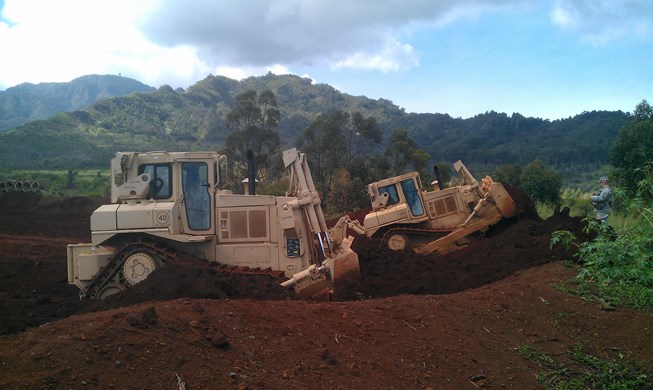
In October and November two wildfires started at a range used for controlled detonations to dispose of unexploded ordnance at Schofield Barracks west of Honolulu, Hawaii. The fire that started October 15 burned more than 250 acres. It was fought for five days, then two days later rekindled and was finally extinguished October 28. Another fire in November burned about 30 acres.
In order to reduce the chances of vegetation fires igniting from the explosions, soldiers are using dozers to increase the height of the dirt berm surrounding the range from 7 feet to 22 feet. During the project, which was conducted 24 hours a day between December 9 and 13, they moved 5,800 cubic yards of dirt.
Wildfire Tweets
Below are a couple of messages on Twitter that had photos of fires — at Valparaiso, Chile and Lake Tahoe, California (which may be a prescribed fire).
MT @JoviEspinoza86 2 January: #Wildfire continues in the hills of #Valparaiso, #Chile. #incendioforestal #brushfire pic.twitter.com/yObLzZ3M3y
— The Disaster Channel (@DisasterChannL) January 3, 2014
Happy Friday from #LakeTahoe, CA! #Seattle #RealEstate #Photography #wildfire #tornado http://t.co/VvTYDhYz82 pic.twitter.com/K0u4cV2mJ3
— TCPetersonPhoto (@TCPetersonPhoto) January 3, 2014
Thanks and a hat tip go out to Dick and Chris
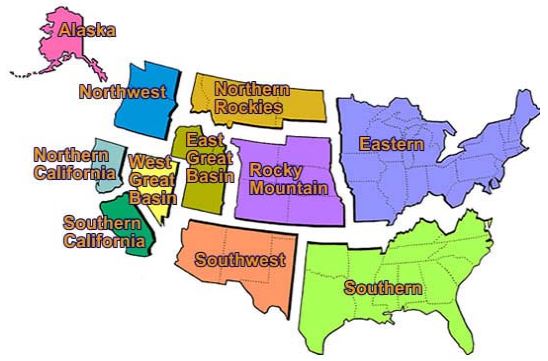 The Eastern Great Basin and Western Great Basin Coordination Centers will merge and be located in a new facility in Salt Lake City. The federal agencies involved say the consolidation will save money and improve response time in getting resources to wildfires and other incidents. The centers, currently located in Salt Lake City and Reno, are responsible for mobilizing resources for wildland fire, prescribed fire and other all-hazard incidents primarily in Nevada, Utah and southern Idaho, plus small portions of California, Wyoming and Arizona.
The Eastern Great Basin and Western Great Basin Coordination Centers will merge and be located in a new facility in Salt Lake City. The federal agencies involved say the consolidation will save money and improve response time in getting resources to wildfires and other incidents. The centers, currently located in Salt Lake City and Reno, are responsible for mobilizing resources for wildland fire, prescribed fire and other all-hazard incidents primarily in Nevada, Utah and southern Idaho, plus small portions of California, Wyoming and Arizona.
The decision to consolidate was made after a study by the participating agencies that examined criteria including the safety of the public and firefighters; providing services at the same or higher level than the two existing organizations; proximity to other offices and an airport; minimal disruption to employees; technological capabilities; and overall efficiency. The consolidation will save about $305,000 a year after one-time moving expenses and will affect up to five employees in Reno, all of whom will be offered positions at the new center.
The coordination centers are two of eleven such organizations throughout the country. The centers also provide intelligence and meteorological products to wildfire personnel. Participating agencies include the states of Nevada, Utah and Idaho; BLM; the Forest Service; Bureau of Indian Affairs; National Park Service; and the Fish and Wildlife Service.
Five options were considered, ranging from status quo to consolidating facilities in Salt Lake City, Reno or Boise.
The target start-up date for the new Great Basin Geographic Area Coordination Center is April 2014.
****
Our thoughts
I always thought it was strange that the Great Basin was divided into basically two Geographic Area Coordination Centers — and, that California is broken up into two as well. How long do you think it will before California’s North Zone and South Zone merge?
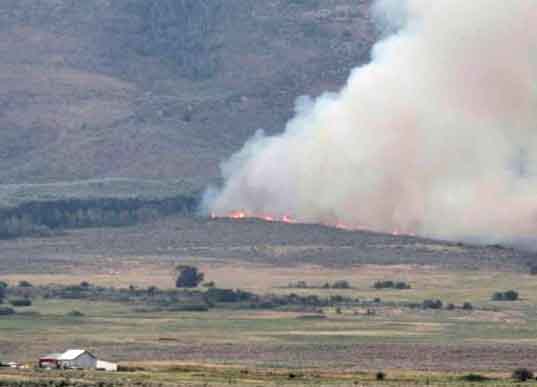
A female inmate crew from a Conservation Camp in Las Vegas prepared meals for the firefighters working on the Smith Ranch Fire 10 miles north of Jiggs, Nevada. Rae Brooks, an Information Officer at the fire, wrote the article and took the photos below. In case you’re wondering, it is against the rules to take photos of the inmates’ faces.
****
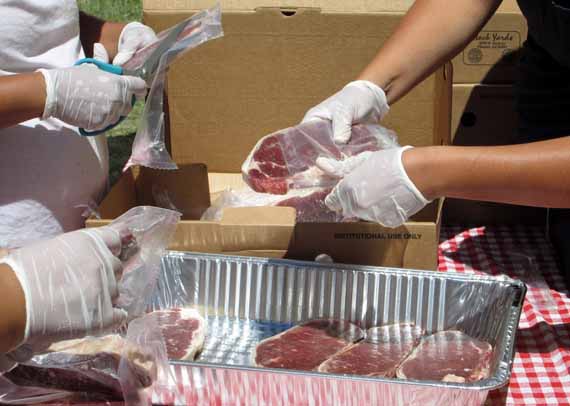
“ELKO, Nev. — The task: prepare a hot breakfast, hearty bag lunches and a three-course dinner for 250 firefighters in a cow pasture with no running water. The pay: a dollar an hour — and a day knocked off their sentences for every eight hours worked.
A kitchen crew of 14 female inmates from the Jean Conservation Camp in Las Vegas have been providing meals for firefighters this week on the Smith Ranch Fire, about 25 miles southeast of Elko.
Ranging in age from 21 to 48, the women are all minimum-security prisoners who are being rewarded with the privilege of working outside the conservation camp fence after making it through a rigorous screening process, passing a physical-fitness test and undergoing a comprehensive training program.
Another reward: What one crew member called “big old smiles” from the firefighters working on the 2,777-acre blaze. After a long hot day building line — and a few days subsisting on Meals-Ready-to-Eat — the firefighters are not hesitant to let the kitchen crew know how much they appreciate tucking into a real meal.
“A lot of us never had that appreciation before,” said the crew member. “So to have it is great.”
The meal on tap this particular evening: 8-oz. New York steaks, black bean chili, cheesy mashed potatoes and three different types of salad, followed by freshly baked apple pie.

The Nevada Division of Forestry and the Nevada Department of Corrections jointly run nine minimum-security conservation camps throughout the state where inmates serve sentences, while doing project work and serving on emergency-response crews for wildland fire suppression, flood control, search and rescue, and ice and snow removal.
Although much of the work the inmate crews perform is unpaid, they generate about $1.4 million annually for the state’s general fund.
Only the Jean location houses female inmates. During the past two years, Jean crews have worked more than 12,000 hours on 28 emergency incidents.
When they arrive at a fire, the crew can have their kitchen up and running within an hour. Their normal workday begins at 3 a.m., and except for a few hours’ rest in the mid-day heat, ends an hour short of midnight.

Wearing hairnets and disposable gloves, the women prepare and cook meals on a portable outdoor two-sided range, then serve the food in a cafeteria-style line. After each meal, they do clean up. They are also responsible each day for making sandwiches and stuffing multiple lunch items into a legion of paper sacks.
At night, they bed down in tents, watched over by a female correctional officer. She takes roll call, escorts them on any night-time Porta Potty visits, counts them hourly throughout the night, and wakes them up when it’s time to go back to work.
Working on the kitchen crew teaches the women a trade, which they can use to earn a living after their release. Many of the younger women had never learned to cook.
The kitchen crews are “a good local resource” for fires that aren’t big enough to warrant a national caterer, said Jean camp supervisor Jon Shogren. The state also has two male inmate kitchen crews.
Crew boss Bruce Travis said the inmates really appreciate the opportunity to work on the crews, and the experience can bring out the best in them.
“If you get people out of that negative environment, you can see there’s more to them,” said Travis.
Another inmate said she was grateful for all the skills she has learned, including food preparation, cooking, food safety, cleanliness and presentation. Being outdoors was also a bonus.
‘Especially at night-time when it’s dark, and you see all the stars,” she said. “It’s just all-round rewarding.’ ”
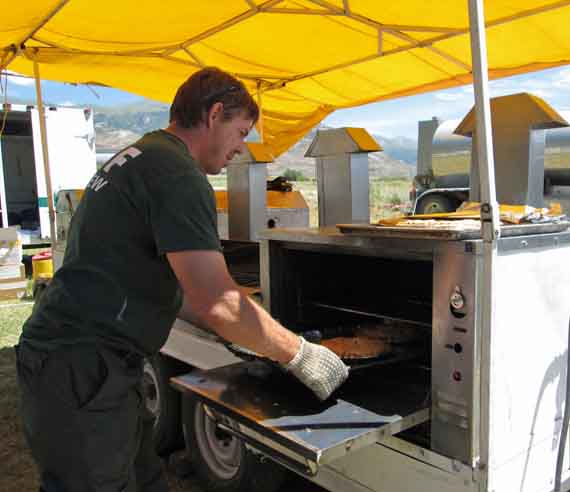
(Originally published at 12:55 p.m. July 13, 2013)
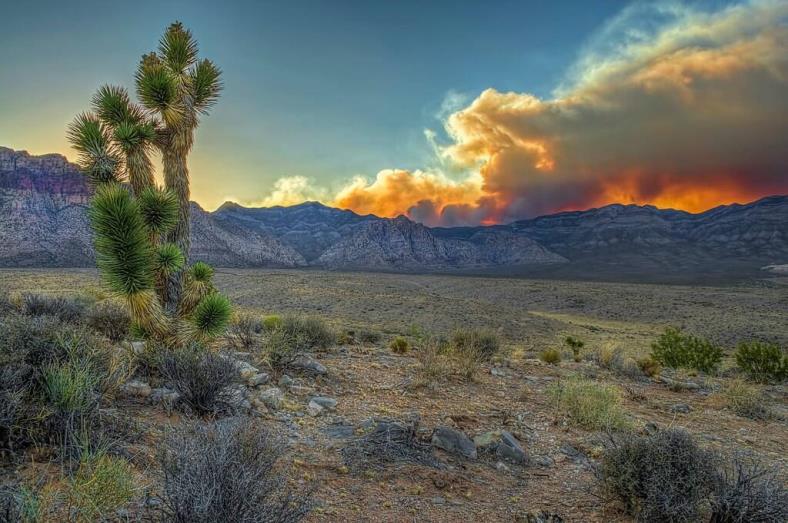
The Carpenter 1 Fire has been burning since July 1 and in those 13 days has grown to 27,881 acres. Over those two weeks it has moved to within 9 miles of the western suburbs of Las Vegas but was relatively quiet Friday due to higher relative humidities and as much as half an inch of rain that fell on the southeast portion of the fire.
Today structure protection will continue in Kyle Canyon and at the Harris and Prospect Ranches. Firefighters will construct fire line and will cold trail along the South Loop ridge line on the north and west side of the fire. The forecast for Saturday calls for warmer and drier weather with the possibility of isolated thunderstorms in the afternoon.
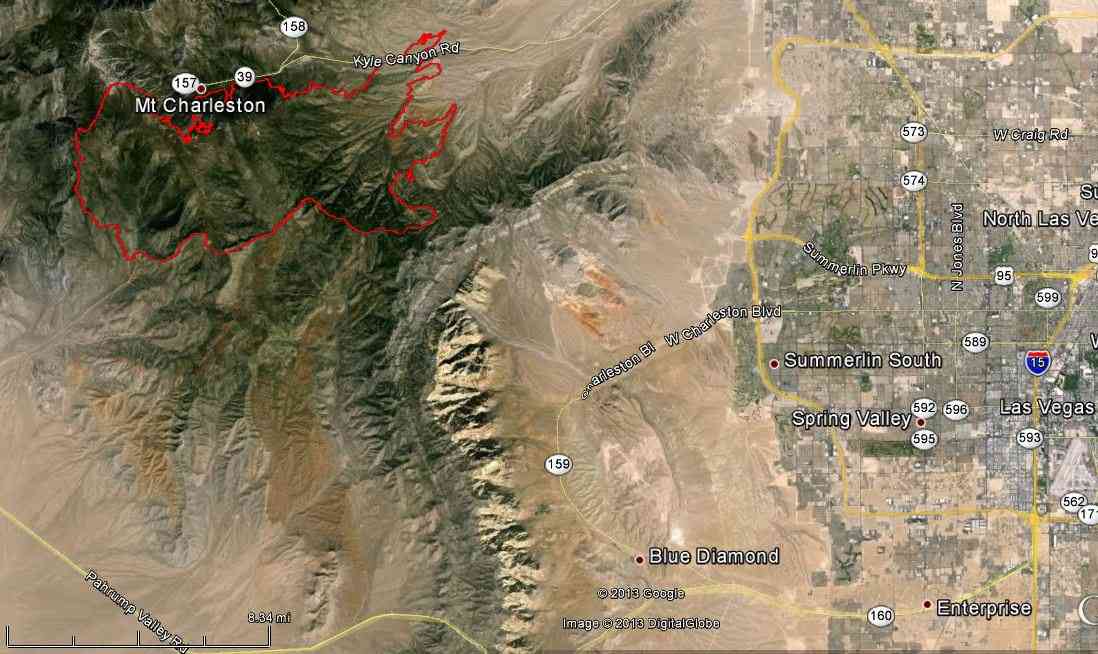
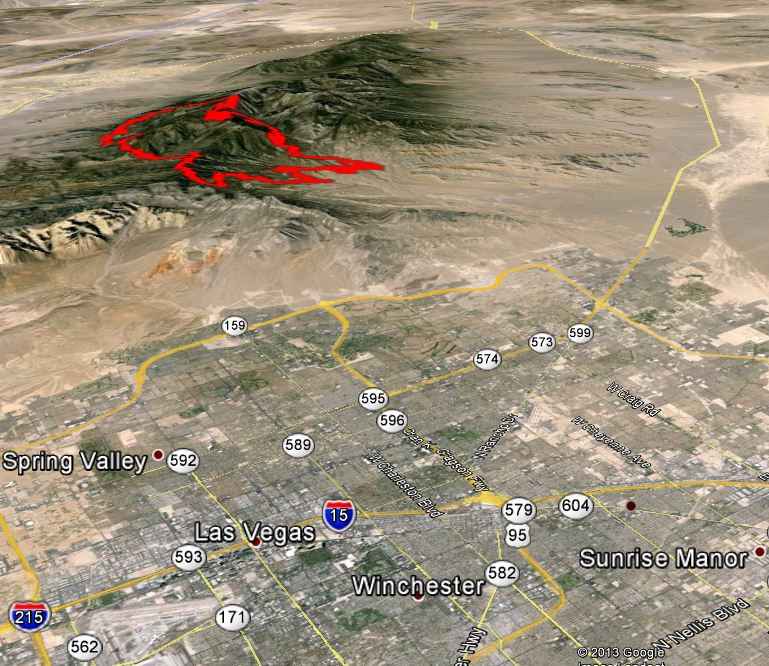
One commercial building and five out buildings burned at the Prospect Ranch on July 9.
Rich Harvey’s Type 1 Incident Management Team is calling the fire 45 percent contained.